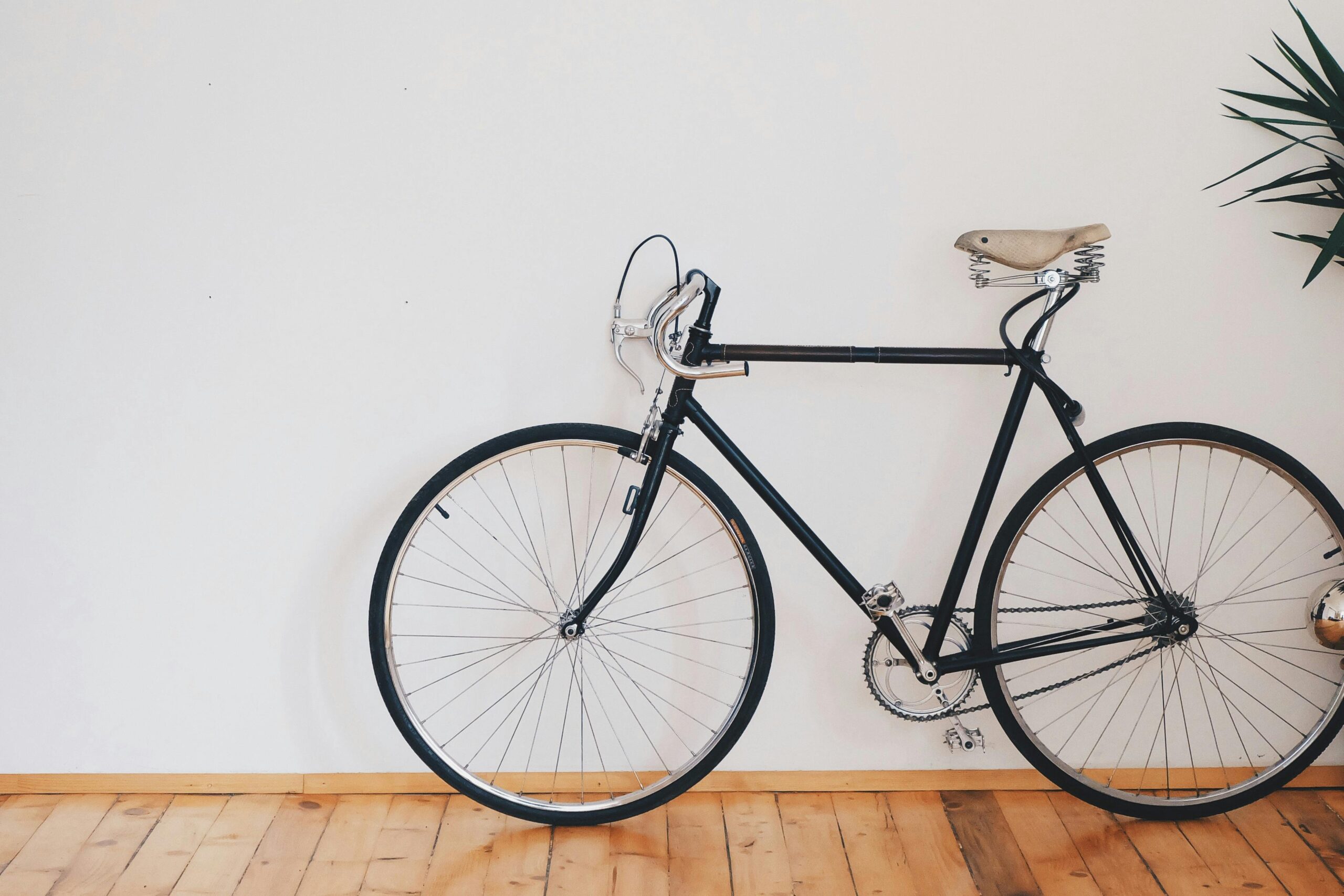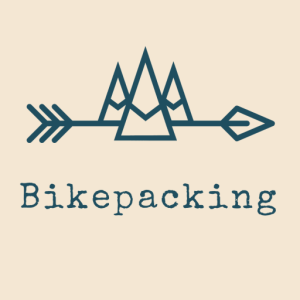I’ve been asked this question a lot over the last few years so I thought it might help to write an article on if you can use a backpack for bikepacking. On a bikepacking trip, you normally wouldn’t carry all of your supplies with you in one big bag, instead, you bring multiple small bags that attach to your bike frame, helping to spread the weight over your bike.
You definitely can use a backpack for a bikepacking trip. While there may be better and more comfortable options available, such as frame or saddle bags, if you don’t have any of these available, then a backpack is definitely a viable option.
Here I’ll take a closer look at the advantages and disadvantageous of using a backpack for a bikepacking trip, and give you some tips to help make it easier if you decide that you are willing to give it a go!
Table of Contents
What are the advantages of taking a backpack on a bikepacking trip?
The main benefit of using a rucksack for a bikepacking trip is that you don’t need to buy expensive frame bags. It is almost universally accepted that frame bags make bikepacking more comfortable, spreading the weight over the bike more evenly and taking the weight off of your body, but that comes at a price.
The average bikepacker needs between 30 and 40 liters of bikepacking bag space, and so even if you were to buy the largest frame bags possible, you would still need to buy at least a frame bag and a saddle/handlebar bag, which would come in at around £100.
The other benefit you may get from taking a backpack with you on your bikepacking trip is if you have more experience backpacking than you do bikepacking. If this is your first time bikepacking, and you are already setting out on a new adventure, you might prefer to use a backpack that you are comfortable with, one that you have already taken on backpacking trips. This way you know how much you normally take for an overnight or weekend trip, and can pack the same amount as you normally would.
What are the disadvantages of taking a backpack on a bikepacking trip?
We’ve already established that most people take bikepacking specific frame bags on their bikepacking trip, but why don’t people use backpacks?
Firstly, the position of the backpack on the bike can make riding very uncomfortable, not only is a backpack more unbalanced and will make controlling the bike harder, but it will also lead to increased pressure on areas like the saddle, which can be very painful!
On top of this, on a bumpy bit of trail, the bag will bump into your back, which can again be quite uncomfortable and even painful if you haven’t packed your bag correctly.
Not only can the rucksack be uncomfortable, but the pack will not keep you as well ventilated as traditional bikepacking bags. You will build up a lot of sweat behind your back which can become uncomfortable and start to rub if you are cycling long distances each day.
Finally, a large pack (for example one that you might use for backpacking), is taller than an average rucksack, and so can prevent you from looking forward properly if the pack bumps into your helmet. Larger rucksacks also have the disadvantage of being less aerodynamic than the traditional bikepakcing options.
What is the best way to bikepack with a rucksack?
If you are going on a first bikepacking trip and don’t want to splash out on some expensive bikepacking bags, or if one of your frame bags has broken halfway through a trip, there are a few key tips you can use to make bikepacking with a rucksack as comfortable as possible.
Firstly, make sure you pack your bag strategically. Make sure the heaviest objects are low down inside the bag and evenly placed between your shoulders or hips. Keeping the weight low down in the bag helps to take the excess strain off of your arms.
You also want to make sure that the weight is as close to your body as you can get it, this helps to overcome any imbalances that the extra weight might cause as you are cycling.
Make sure to adjust your pack. Riding puts you in a different position than backpacking and so you will need to readjust the pack so that the majority of the weight is moved to your hip belt. When using a backpack for bikepakcing, the shoulder and chest straps should only be tight enough to stop the pack from bumping around.
If you’re planning a trip with a rucksack instead of specific bikepacking bags, you may want to keep your trip short. While you might get away with a rucksack for an overnight or weekend trip, any trips much longer than this will really start to put a strain on your back and neck!
If you are looking to take your hiking pack on your bikepacking trip, take a look at this video of a German bikepacker who attaches his backpacking bag to his bike (it is in German).
Overall
At the end of the day, bikepacking is about getting out there and giving it a go. If you don’t have a specific set of bikepacking bags right now, using what you have is the best option! If it works for you, nobody is going to frown upon it.
Just make sure that you take into account as many of the tips above as you can to try and give yourself the best chance. If you go on a first trip and find that you don’t enjoy riding with a rucksack, then you can always invest in a set of bikepacking bags after the trip.
If you want to see a rucksack in action on a bikepacking trip, take a look at this video from specialized below.



